Plant Cell Worksheet
The study of plant cells can be both fascinating and complex, requiring a deep understanding of its various components and functions. For those seeking a comprehensive and informative resource, a plant cell worksheet can provide a helpful tool to enhance the learning experience. By offering a structured format to explore entities and subjects within plant cells, this specific worksheet can be a valuable asset for students, educators, or anyone interested in expanding their knowledge of plant biology.
Table of Images 👆
- Plant and Animal Cell Diagram Worksheet
- Plant and Animal Cell Worksheet
- Unlabeled Animal Cell Diagram Worksheet
- Plant and Animal Cell Labeling Worksheet
- Blank Plant Cell Diagram
- Plant Cell Diagram Worksheet
- Animal Cell Diagram Worksheet Answers
- Plant Cell Coloring Worksheet Key
- Plant and Animal Cell Worksheets 5th Grade
- Plant and Animal Cell Venn Diagram
More Other Worksheets
Kindergarten Worksheet My RoomSpanish Verb Worksheets
Cooking Vocabulary Worksheet
DNA Code Worksheet
Meiosis Worksheet Answer Key
Art Handouts and Worksheets
7 Elements of Art Worksheets
All Amendment Worksheet
Symmetry Art Worksheets
Daily Meal Planning Worksheet
What is the function of the cell wall in plant cells?
The cell wall in plant cells provides structural support and protection by maintaining cell shape, preventing cells from bursting due to osmotic pressure, and acting as a barrier against pathogens and predators. Additionally, it allows for communication and interaction between neighboring cells and helps regulate water uptake and storage within the cell.
What is the main function of chloroplasts in plant cells?
The main function of chloroplasts in plant cells is to conduct photosynthesis, the process by which they convert light energy into chemical energy in the form of glucose. Chloroplasts contain chlorophyll, a green pigment that absorbs light energy and uses it to produce sugars from carbon dioxide and water. This process is essential for plants to produce their own food and is the foundation of the food chain, making chloroplasts critical for plant survival and the Earth's ecosystem.
Where is the genetic material stored in plant cells?
The genetic material in plant cells is stored in the nucleus.
What is the function of the central vacuole in plant cells?
The central vacuole in plant cells functions to store water, nutrients, and waste products, maintain turgor pressure for cell shape and rigidity, and regulate the concentration of ions and molecules within the cell.
What organelle is responsible for protein synthesis in plant cells?
The organelle responsible for protein synthesis in plant cells is the ribosome. Ribosomes are found in the cytoplasm as well as on the rough endoplasmic reticulum, and they play a crucial role in translating the genetic information from mRNA into proteins.
What is the purpose of the mitochondria in plant cells?
The purpose of mitochondria in plant cells, as in all eukaryotic cells, is to generate energy in the form of adenosine triphosphate (ATP) through the process of cellular respiration. This energy is necessary for various metabolic activities within the plant cell, including growth, reproduction, and responding to environmental stimuli. Additionally, mitochondria also play a role in regulating cellular processes and signaling pathways in plant cells.
What are ribosomes and where are they found in plant cells?
Ribosomes are cellular organelles responsible for protein synthesis. In plant cells, ribosomes are found in various locations including the cytoplasm, rough endoplasmic reticulum (ER), and the mitochondria. The ribosomes in the cytoplasm and rough ER synthesize proteins that are used within the cell, while the ribosomes in the mitochondria are involved in producing proteins needed for the organelle's functions.
What is the role of the Golgi apparatus in plant cells?
The Golgi apparatus in plant cells plays a crucial role in processing, modifying, sorting, and packaging proteins and lipids that are synthesized in the endoplasmic reticulum. It receives these molecules in vesicles, modifies them by adding sugars or lipids, and then packages them into vesicles for transport to different parts of the cell or for secretion outside of the cell. Additionally, the Golgi apparatus is involved in the synthesis of cell wall components, such as cellulose, which are essential for providing structural support to plant cells.
What is the function of the endoplasmic reticulum in plant cells?
The endoplasmic reticulum (ER) in plant cells plays a crucial role in protein synthesis, folding, and transport. It is involved in lipid synthesis and detoxification processes as well. The rough ER, with ribosomes on its surface, is mainly responsible for protein synthesis, while the smooth ER is involved in lipid metabolism and detoxification reactions. Additionally, the ER helps in the transport of proteins and other molecules within the cell and between different cellular compartments in plants.
What organelle is responsible for breaking down waste materials in plant cells?
The organelle responsible for breaking down waste materials in plant cells is the vacuole. Vacuoles in plant cells function as storage compartments for various substances, including waste products and toxins. They play a crucial role in maintaining cellular homeostasis by sequestering and breaking down unwanted or harmful materials through enzymatic degradation.
Have something to share?
Who is Worksheeto?
At Worksheeto, we are committed to delivering an extensive and varied portfolio of superior quality worksheets, designed to address the educational demands of students, educators, and parents.

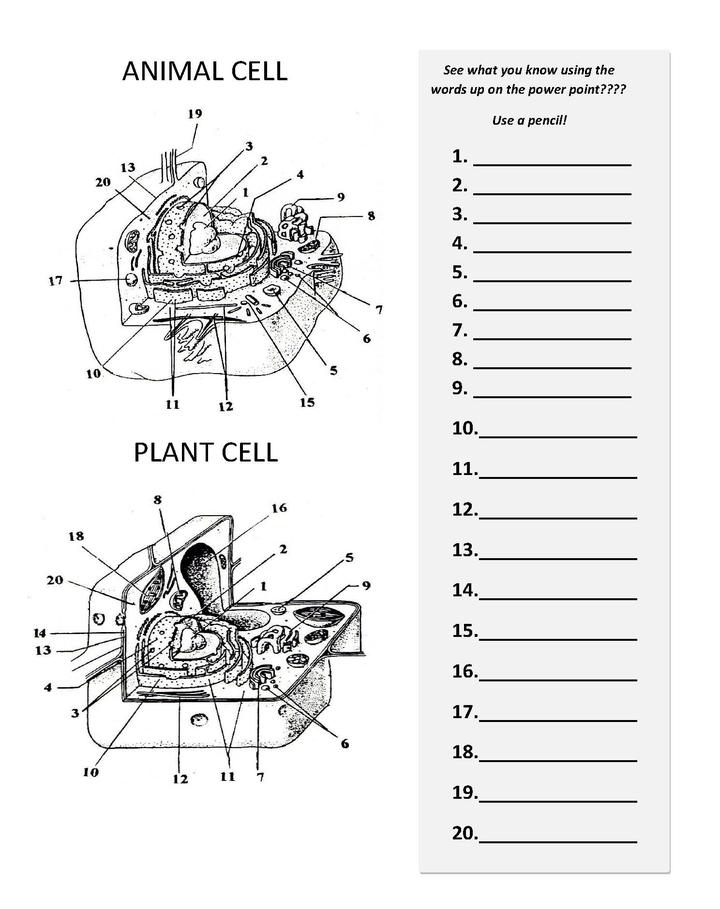



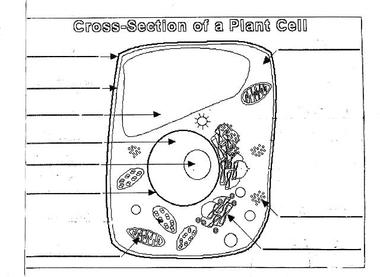
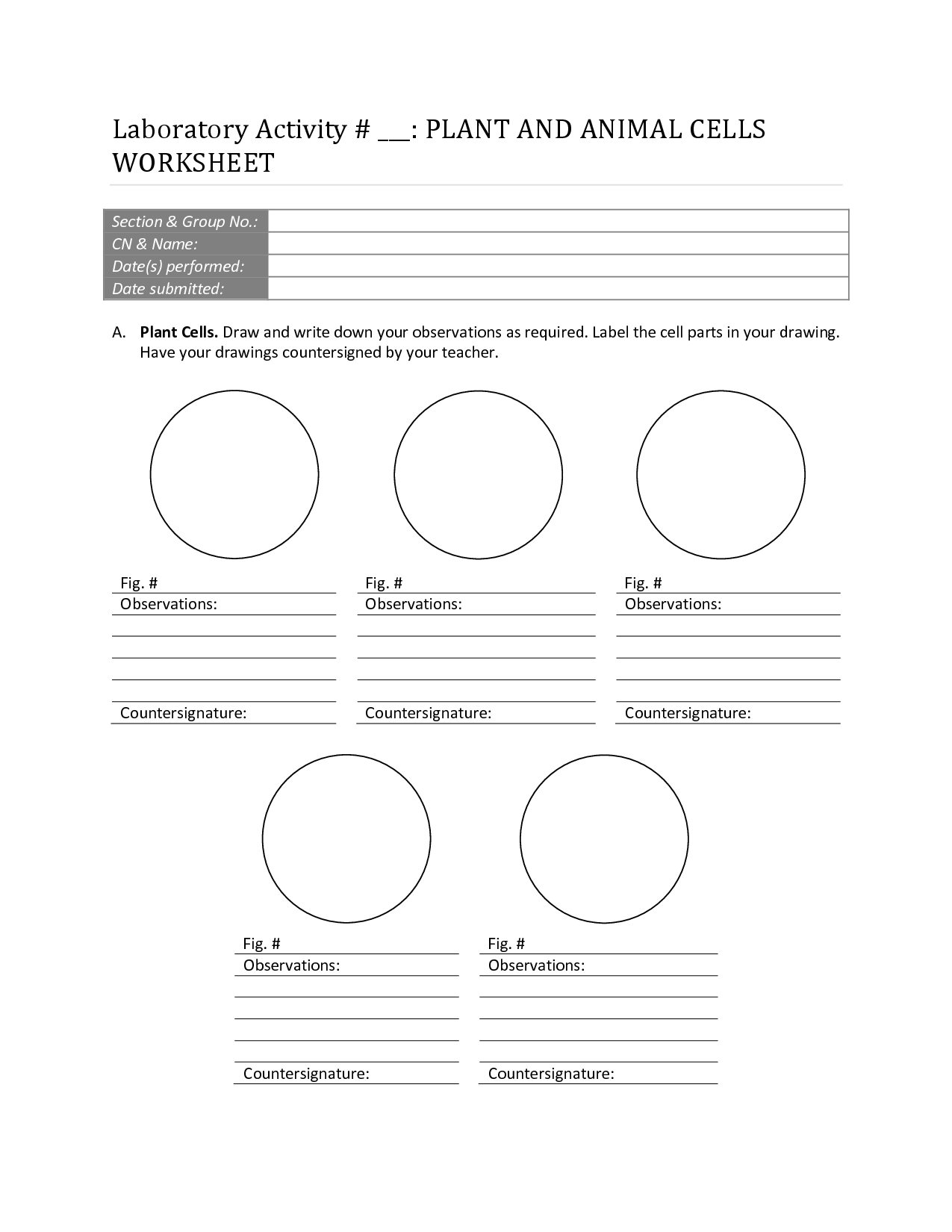
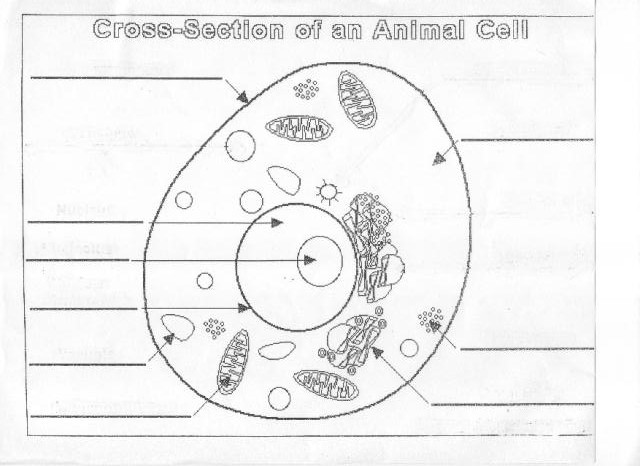
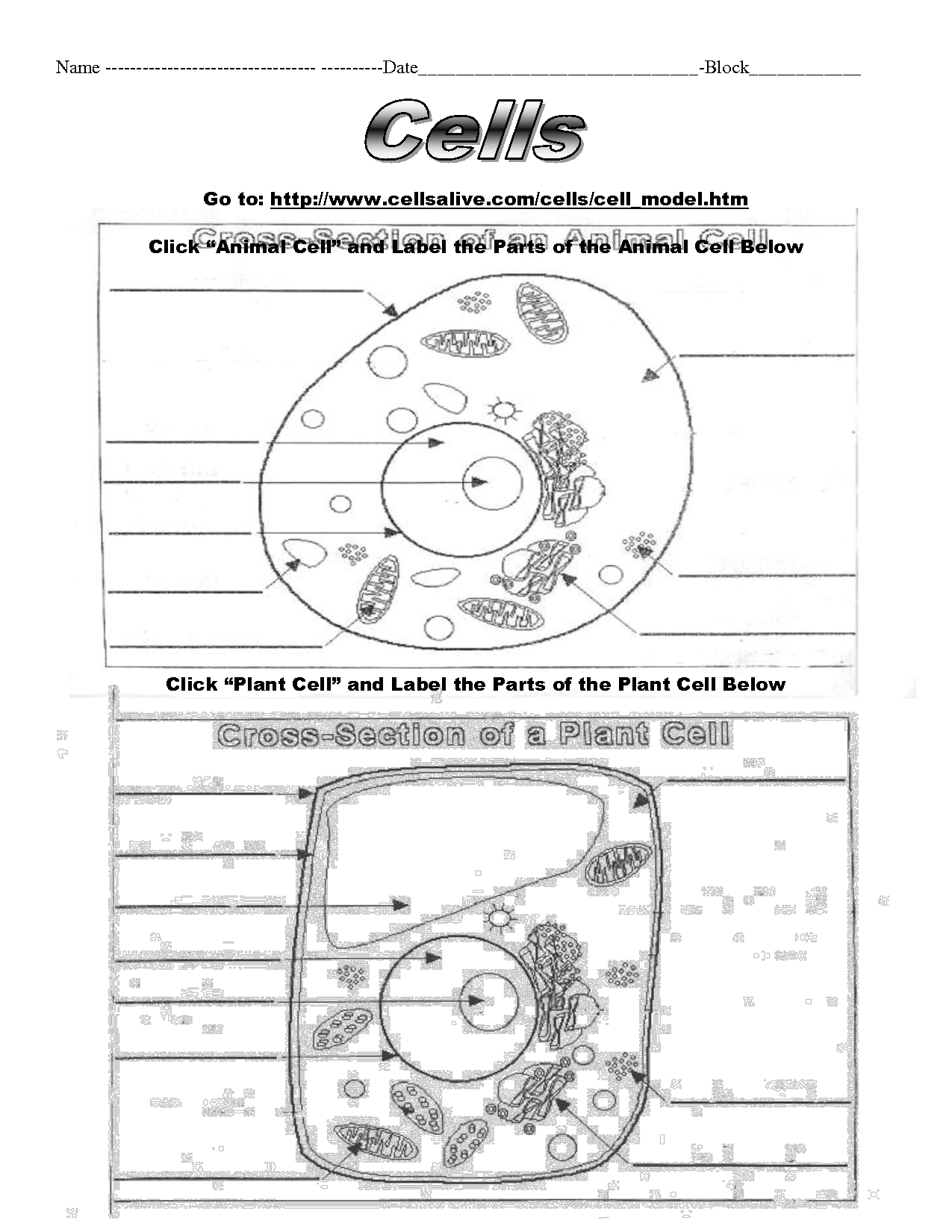
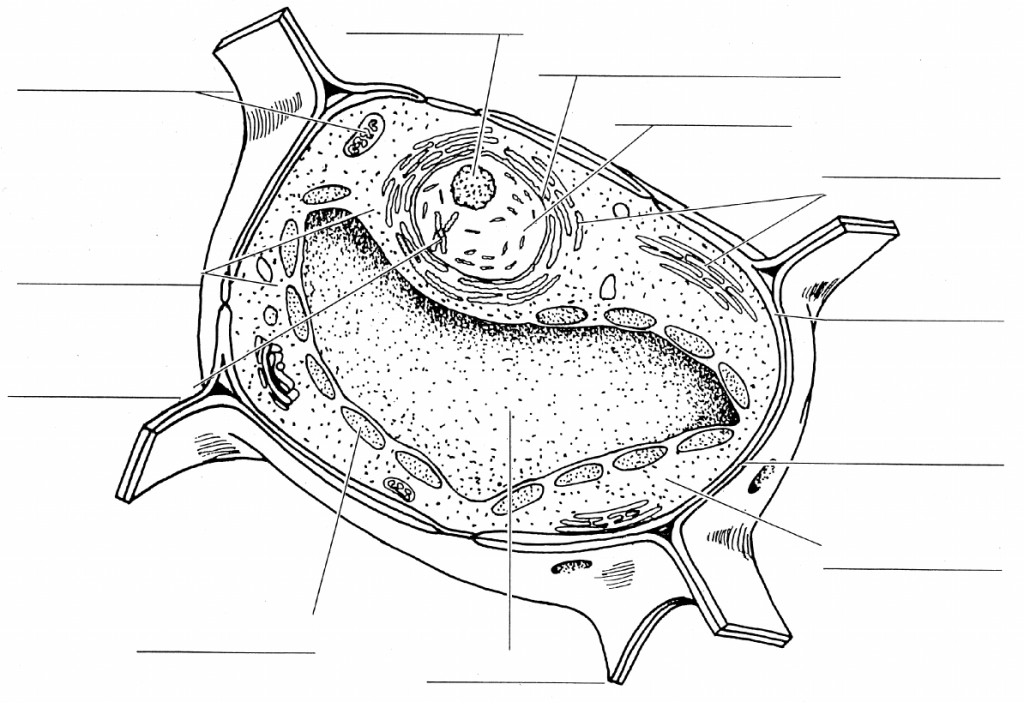
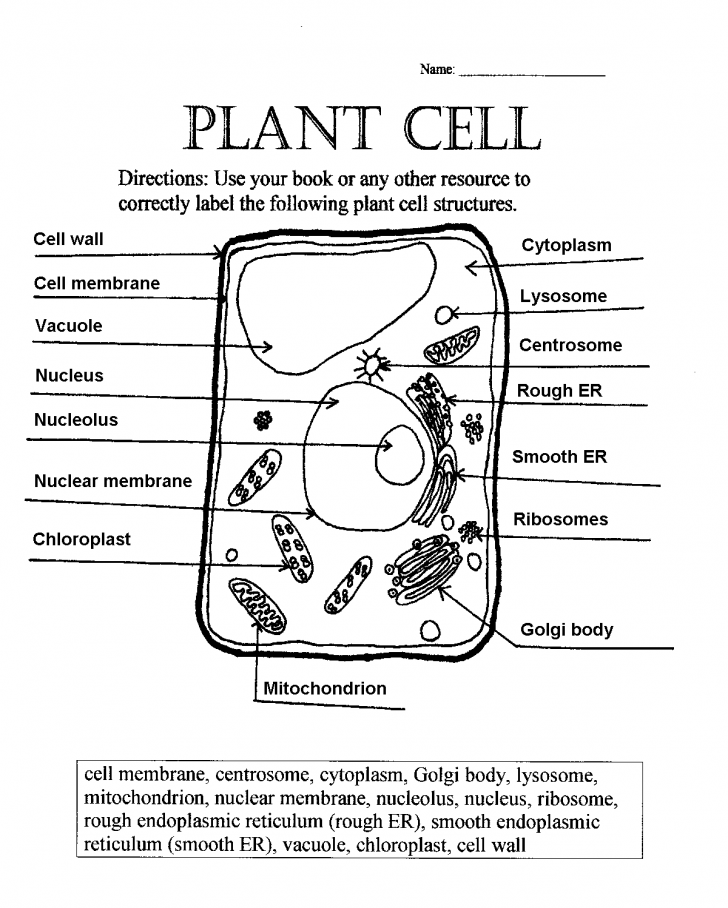
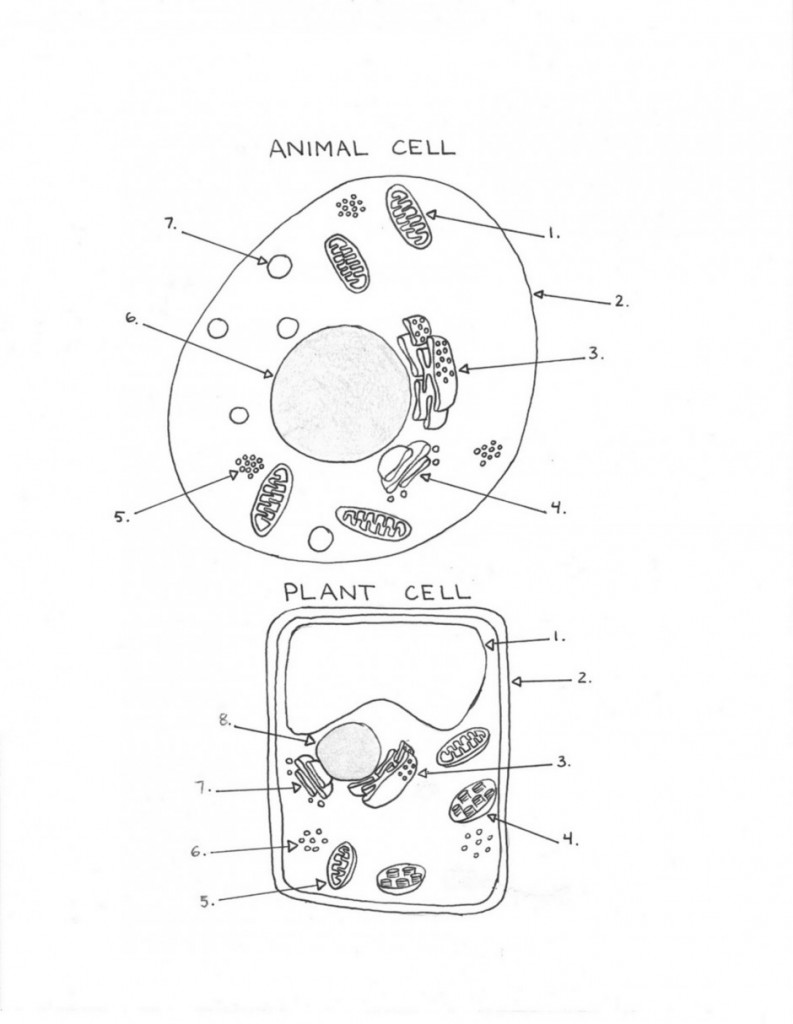
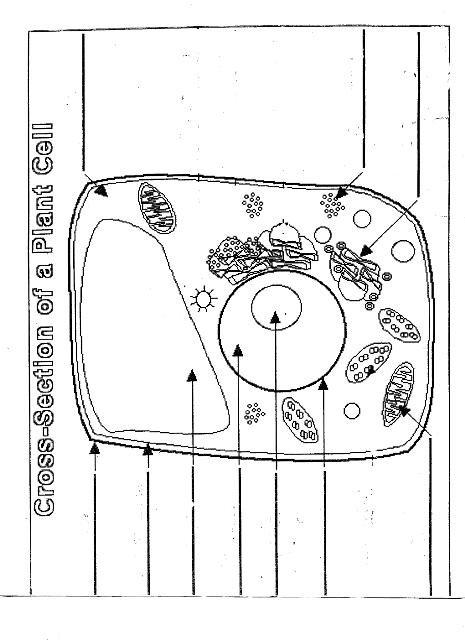
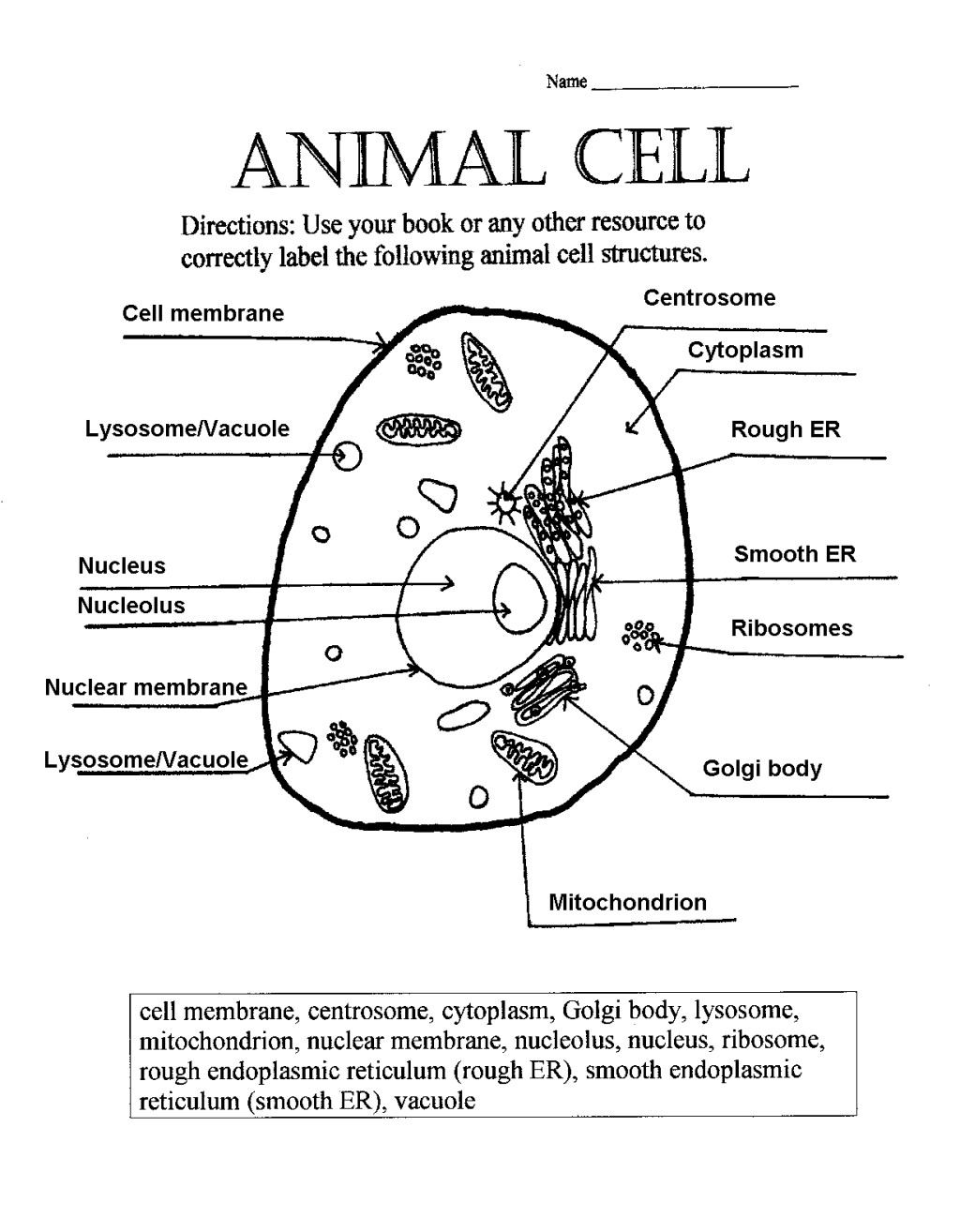
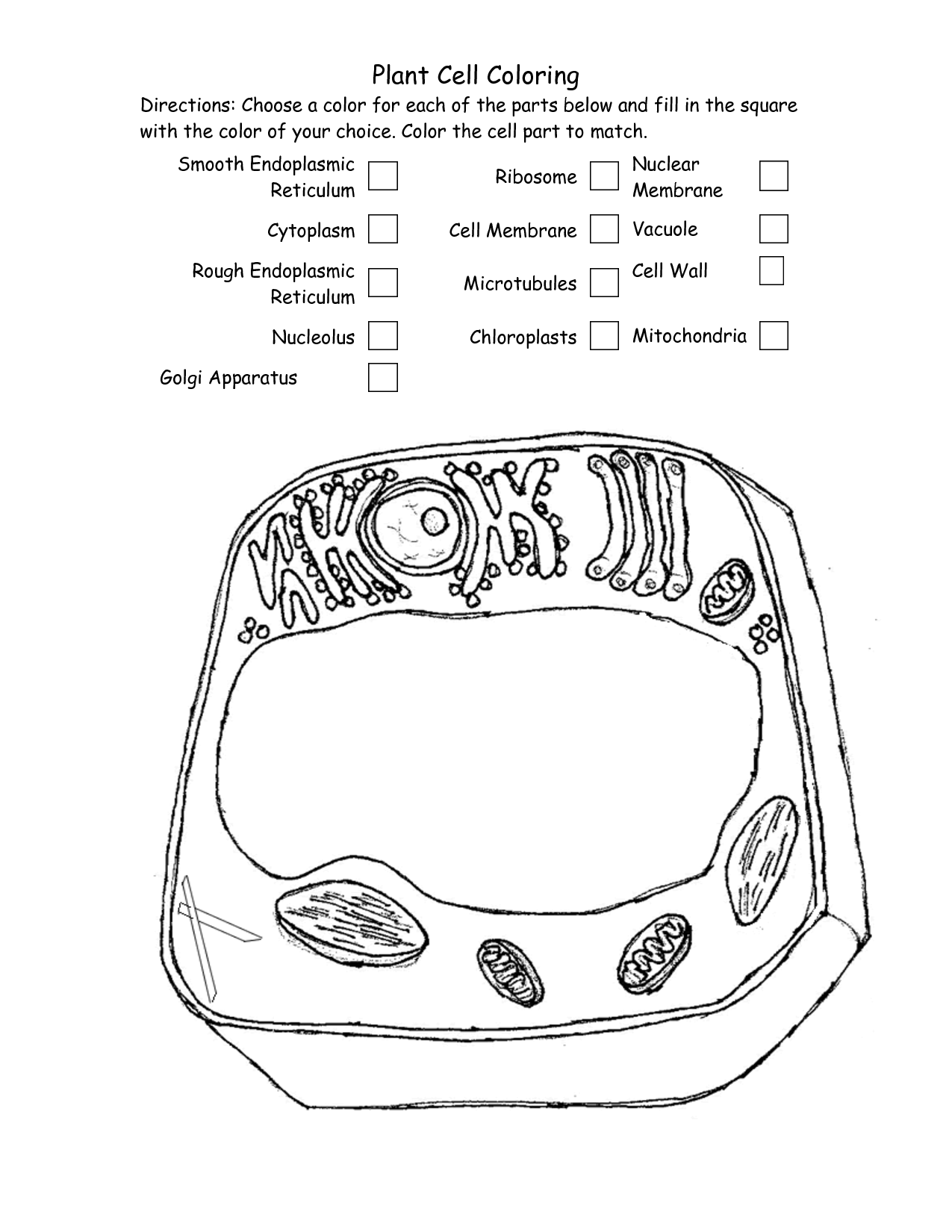
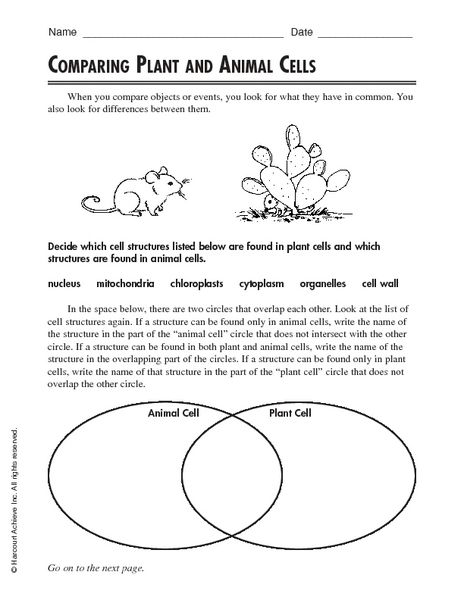
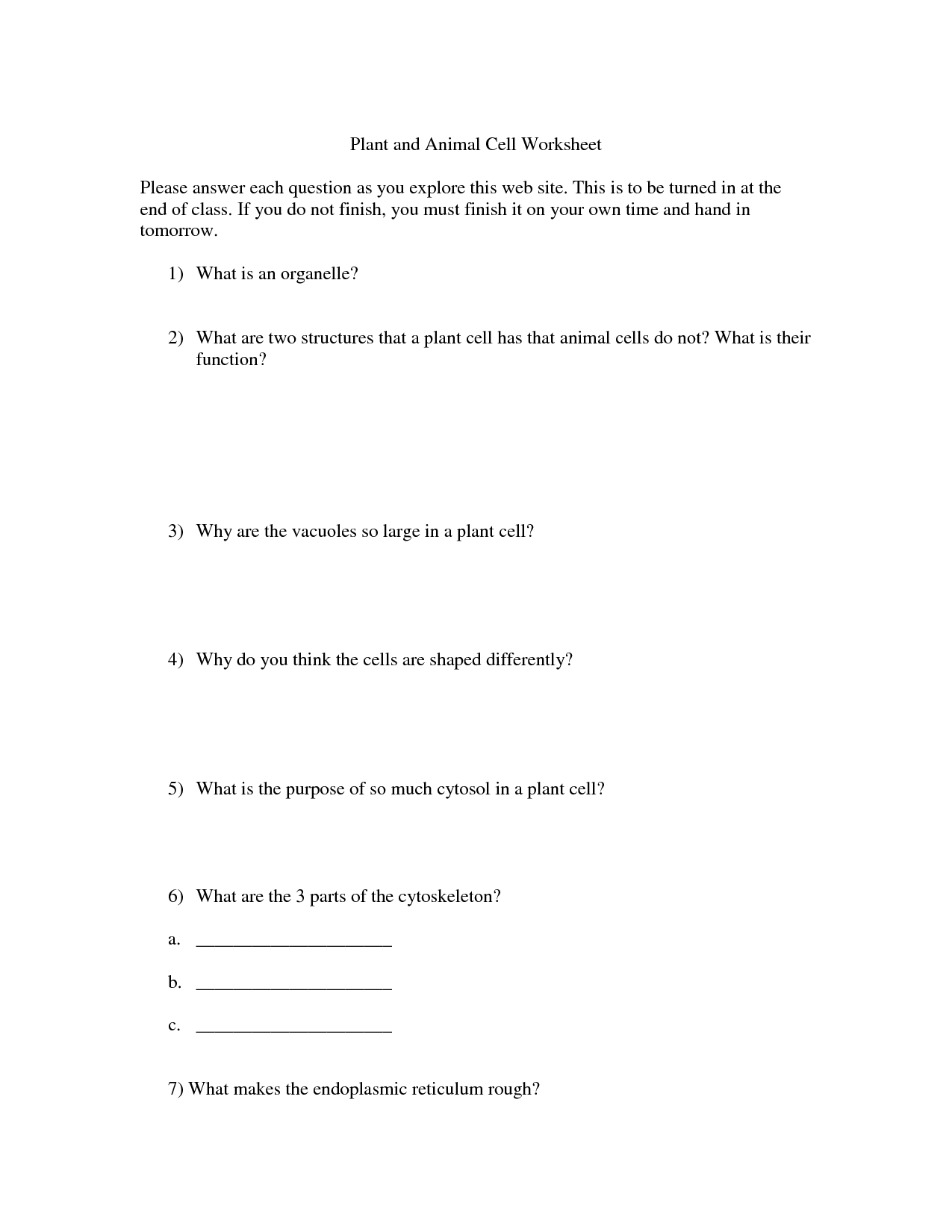
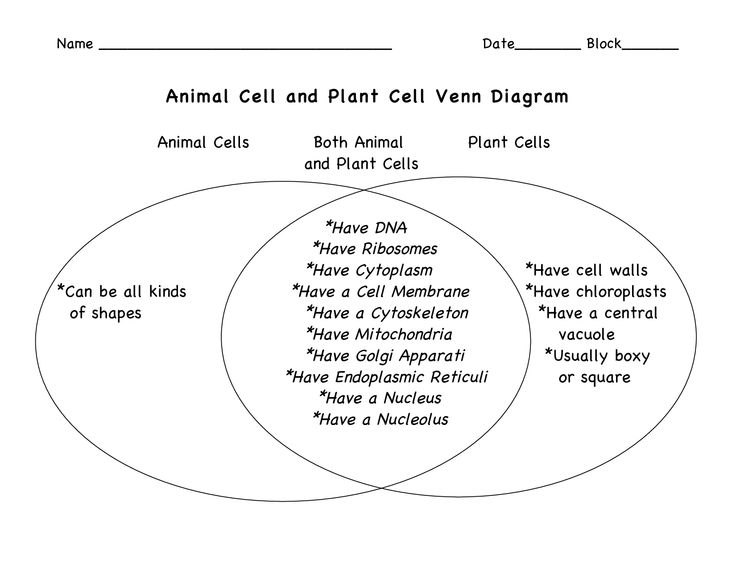














Comments